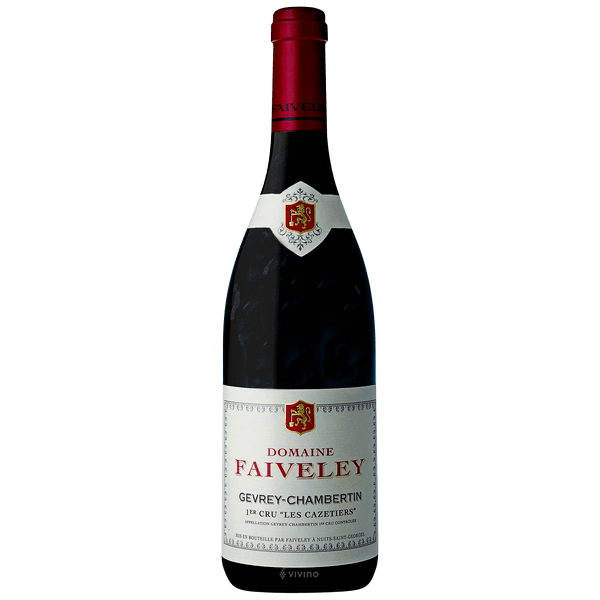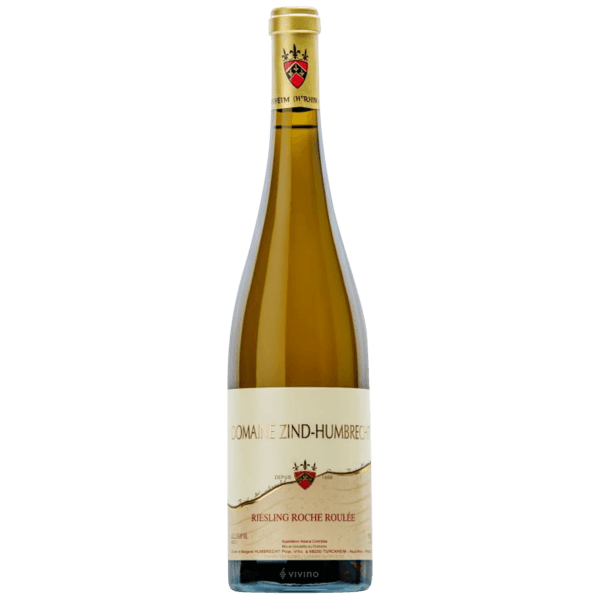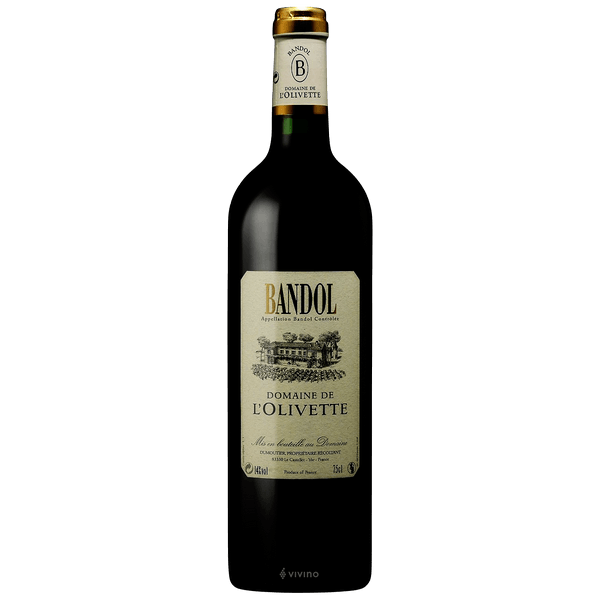2019 Joseph Faiveley Gevrey-Chambertin
2019 Joseph Faiveley Gevrey-Chambertin The old vines are over 35 years old and produce an exceptionally intense and aromatic wine that reflects the unique character of its terroir. With its deep, clear ruby red hue, this 2019 wine reveals notes of black fruits and excellent strength and concentration. As with all Gevrey-Chambertin, it requires a few years of patience before reaching its full potential. Serve with Beef bourguignon or a platter of mature cheeses.
90 Robert Parker: Revisited from bottle, the 2018 Gevrey-Chambertin Vieilles Vignes offers up aromas of sweet berry fruit, black truffle and spices, framed by a discreet touch of oak. It is medium to full-bodied, fleshy and enveloping, with a concentrated, rich and youthfully reserved core built around velvety tannins and lively acids.
Red wine
Red wine has been prevalent since prehistory (the period before written records) as winemaking originated and spread throughout the world. In this case, “red blend” refers to any red wine that contains more than one red grape variety in the final product, though certain red blends can have their own designation as varietal wines despite comprising multiple grapes.
For much of the history of European wine, red blends were in fact more common than single varietals, as winemaking was typically region-centric and featured grapes consolidated from vineyards across a given area. One famous example of this practice is the Bordeaux blend, which originated in the 18th or 19th century and usually comprises Cabernet Sauvignon, Merlot and Cabernet Franc.
Though prominent red blends such as Bordeaux still remain popular, many red blends have been associated with lower quality due to the assumption that the term indicates cheaper table wines. However, many high-quality wine producers still elect to produce red blends, and these wines can in fact offer many unique and delicious flavors due to the winery’s ability to custom design the profile of their product.
Related products
2019 Domaine des Lambrays Morey-Saint-Denis 2019 Domaine des Lambrays Morey-Saint-Denis, Nice red ruby color. The nose is expressive and intense: a lot of fruit such as raspberries, cherries, blackberries and blueberries all mixed together. The palate is juicy, full, and crispy, with a lovely fresh mineral character at the end. Thin-skinned, finicky and temperamental, Pinot [...]
2020 Francois Villard Condrieu De Poncins 2020 Francois Villard Condrieu De Poncins Full-bodied, with quite noticeable oak at this stage. Wonderful sense of freshness, however, and great precision. Long, lush and generous yet defined, this is a very classic Condrieu in all its resplendent flamboyance. Cooling almond and coconut on the finish. From 25-year-old Viognier [...]
2020 Domaine des Lambrays Clos des Lambrays Grand Cru 2020 Domaine des Lambrays Clos des Lambrays Grand Cru, A fresh red, with black currant and black cherry flavors shaded by floral, iron, earth and spice elements. Fluid and on the elegant side, with a solid underlying framework of tannins. Turns a bit leaner on the [...]
2016 Domaine Armelle et Bernard Rion Nuits-Saint-Georges 1er Cru Les Damodes 2016 Domaine Armelle et Bernard Rion Nuits-Saint-Georges 1er Cru Les Damodes is light and elegant for the appellation. On palate, high acidity with smooth tannis together with balanced fruits and oak flavor. 2016 vintage Les Damodes is a premier cru site on the Nuits-Saint-Georges [...]



